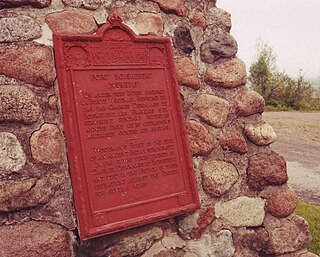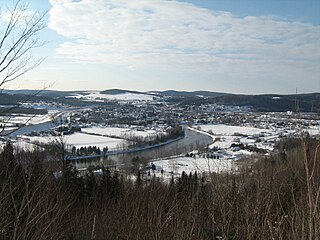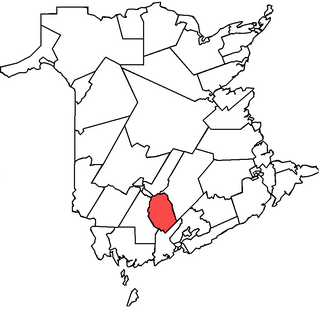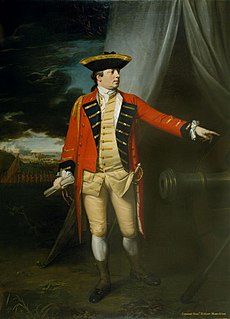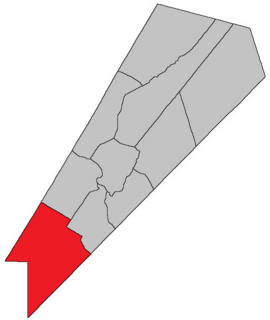The Nerepis River is a river approximately 25 miles long, located in New Brunswick, Canada. A popular river for canoeists and anglers, it is a tributary of the Saint John River. The river has been subjected to significant environmental stress over many years.

New Brunswick is one of four Atlantic provinces on the east coast of Canada. According to the Constitution of Canada, New Brunswick is the only bilingual province. About two thirds of the population declare themselves anglophones and a third francophones. One third of the population describes themselves as bilingual. Atypically for Canada, only about half of the population lives in urban areas, mostly in Greater Moncton, Greater Saint John and the capital Fredericton.
Contents
The river meets the Saint John River at Westfield, part of the Town of Grand Bay-Westfield, where it feeds a fresh water marsh. Towards the headwaters, it passes through the communities of Nerepis, Blagdon, Bayard, Welsford (where a tributary, Douglas Creek, tumbles into the river over a 15-metre waterfall), [1] Fowlers Corners, Petersville, and New Jerusalem. The river also passes the 13th hole of the Welsford Golf Course. [2] Most of the land it passes through is undeveloped although there has been extensive clear cutting in the upper reaches. The Nerepis River Watershed also drains part of CFB Gagetown.
Nerepis is a Canadian rural community in Westfield Parish, Kings County, New Brunswick.

Welsford is a Canadian rural community in Queens County, New Brunswick.

5th Canadian Division Support Base Gagetown, formerly known as and commonly referred to as CFB Gagetown, is a large Canadian Forces Base covering an area over 1,100 km2 (420 sq mi), located in southwestern New Brunswick.


